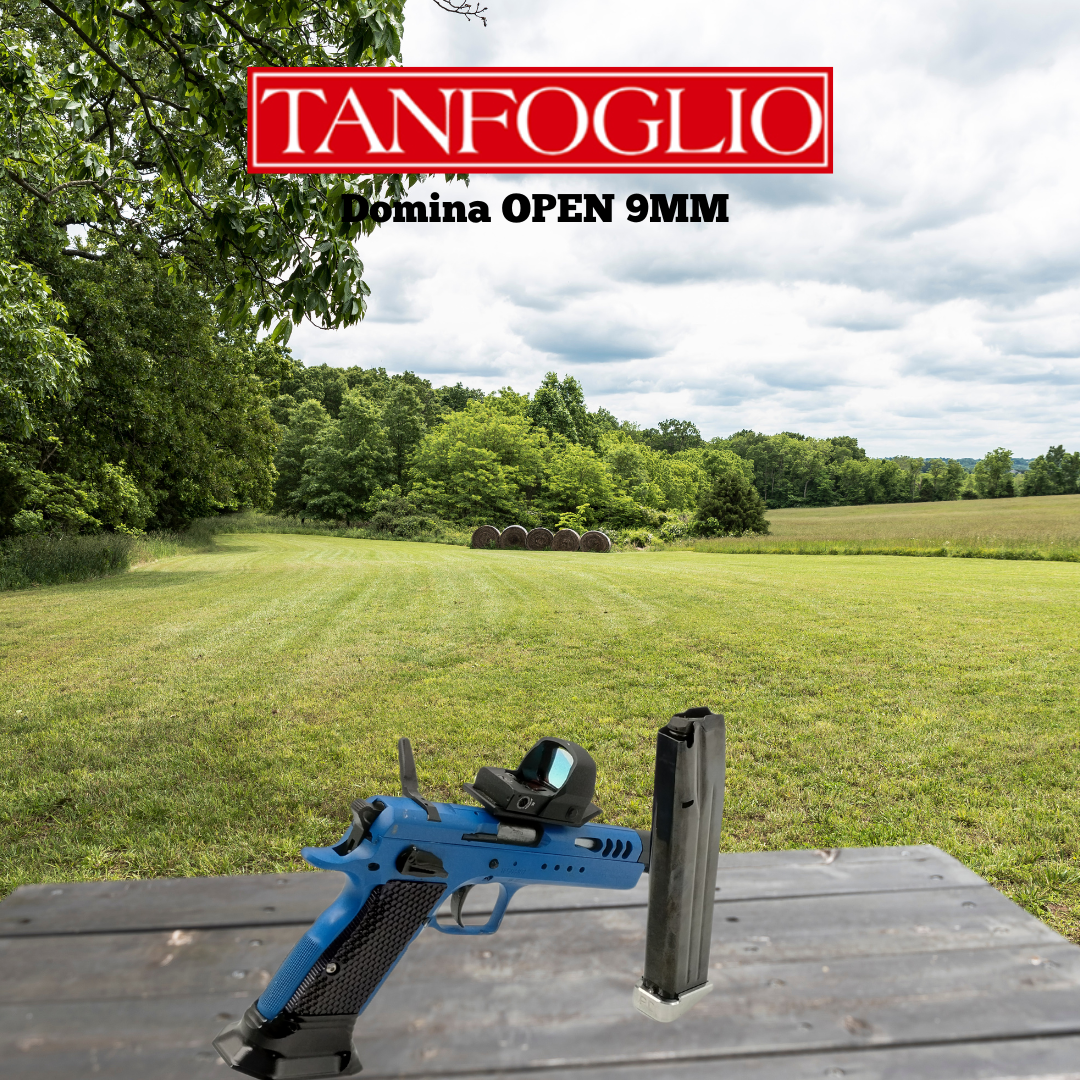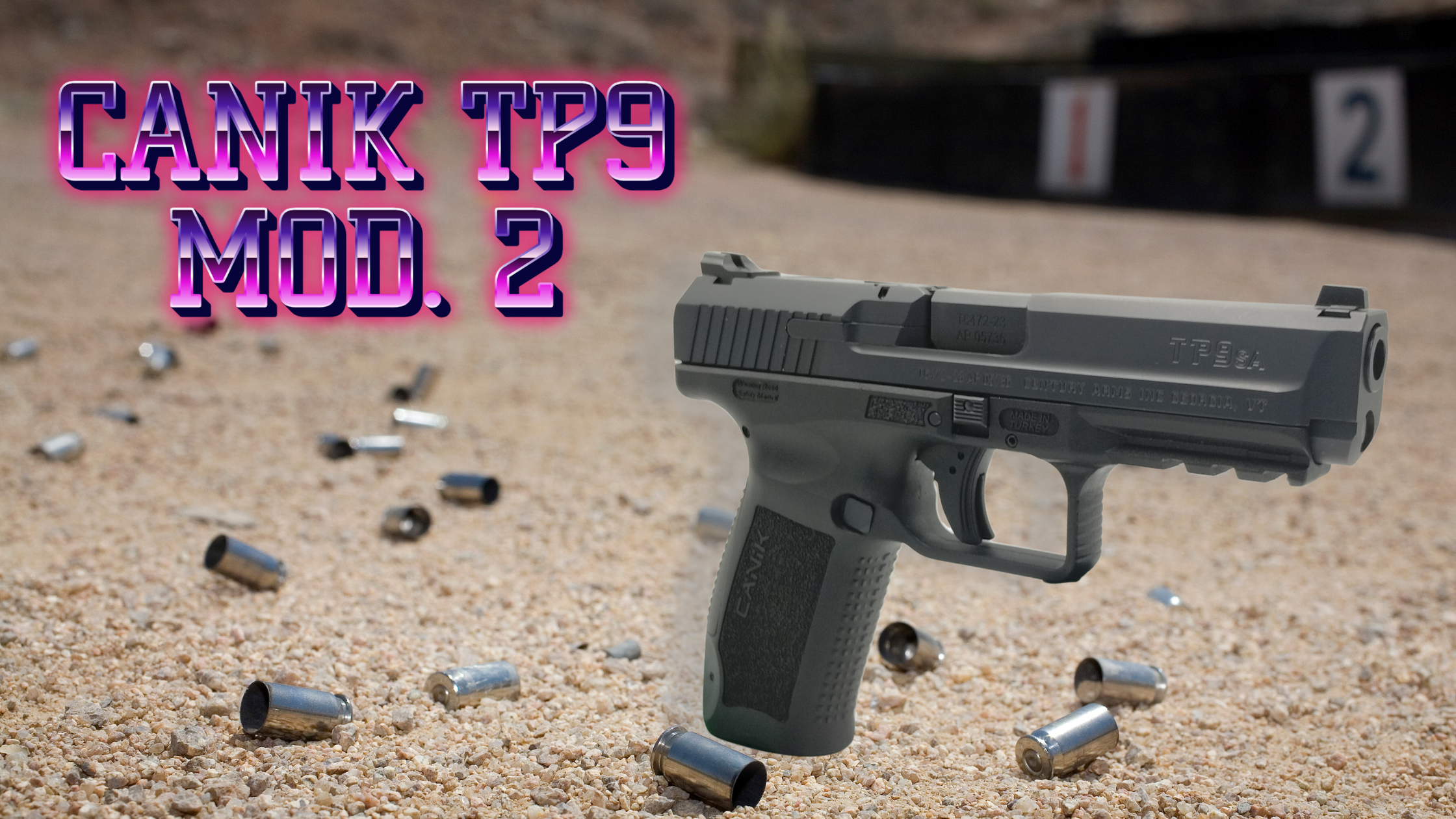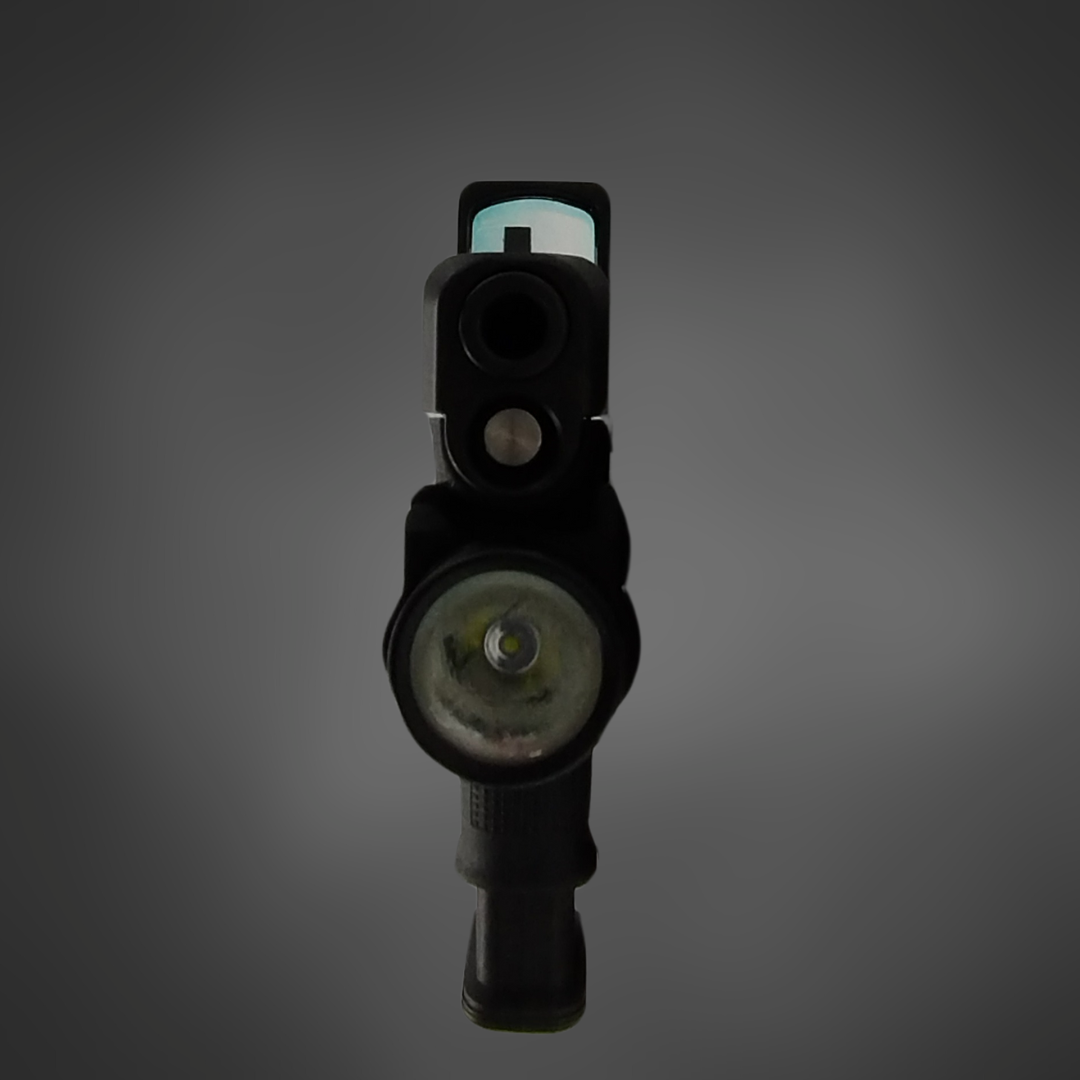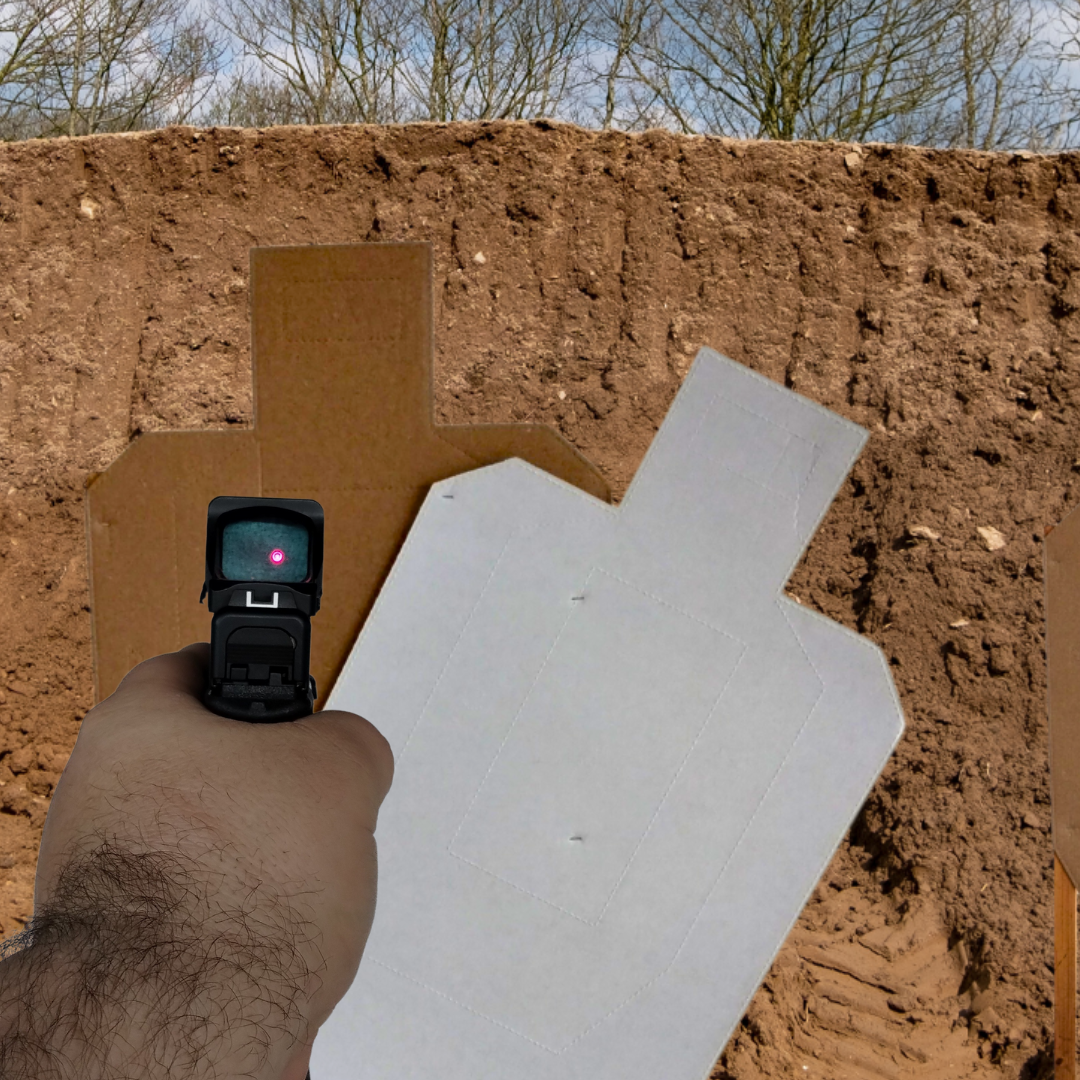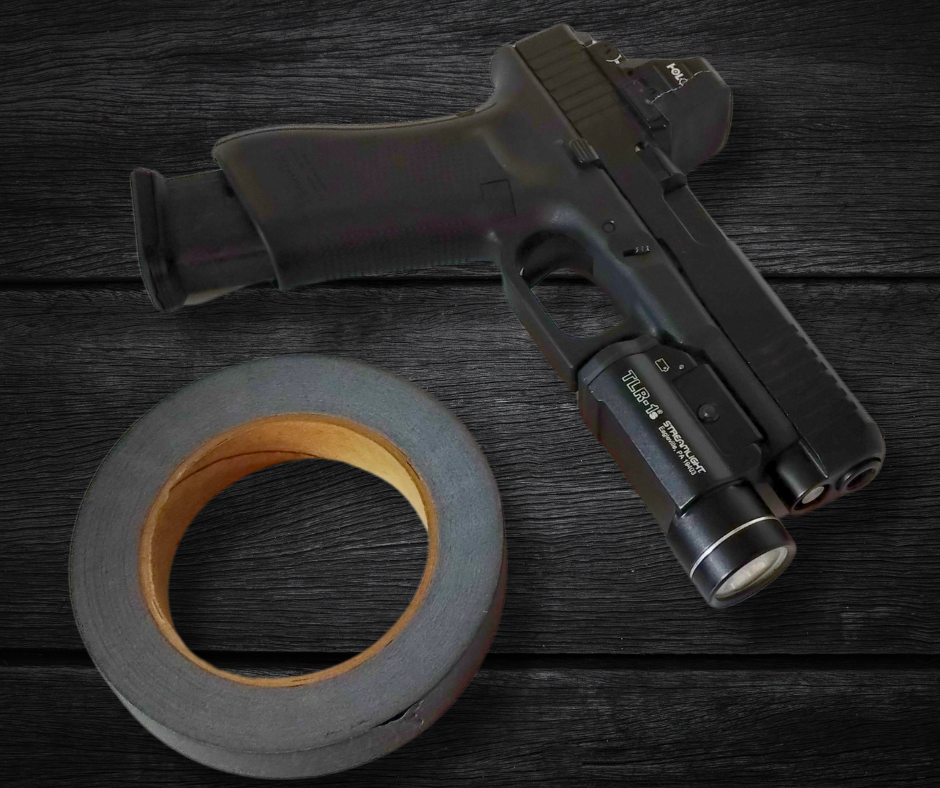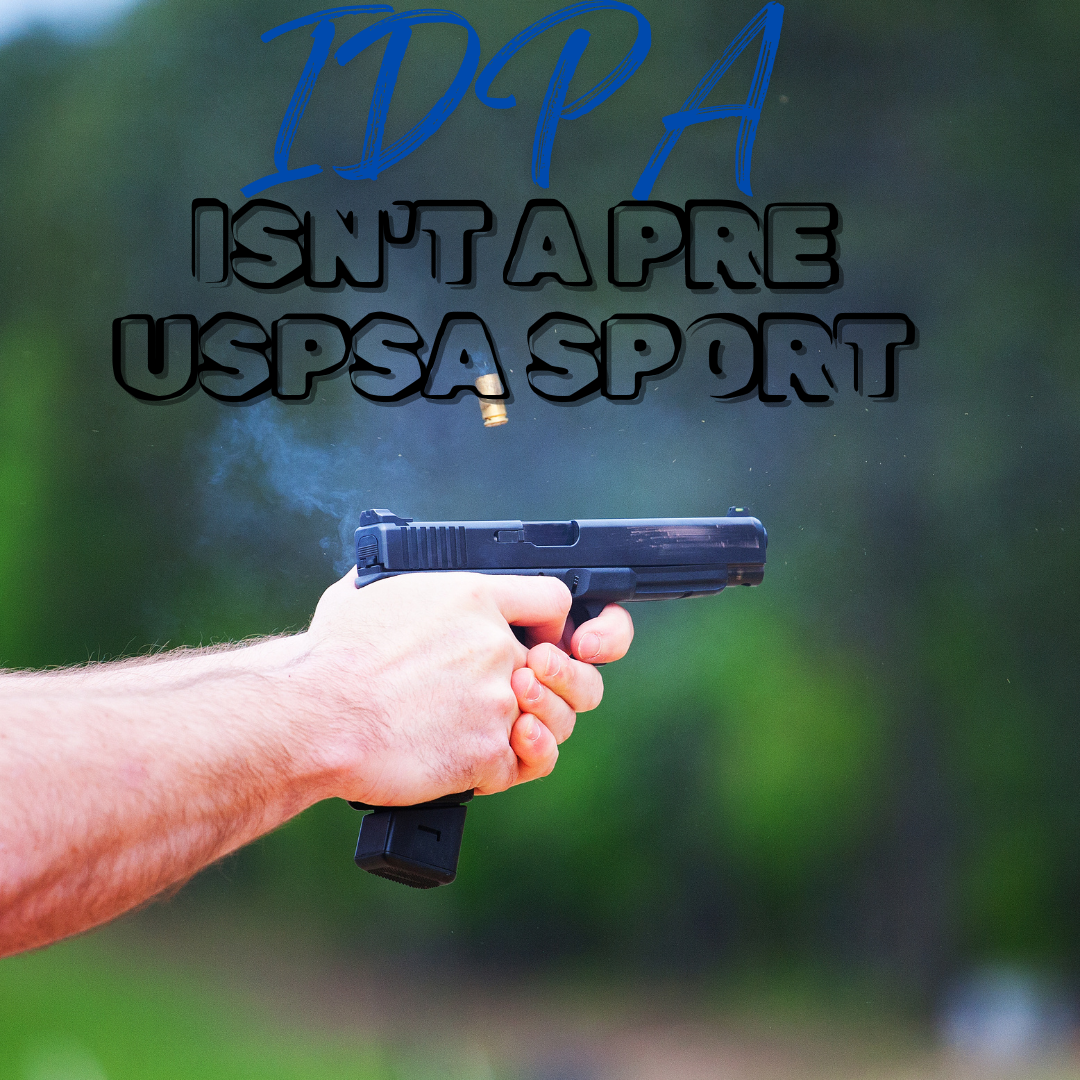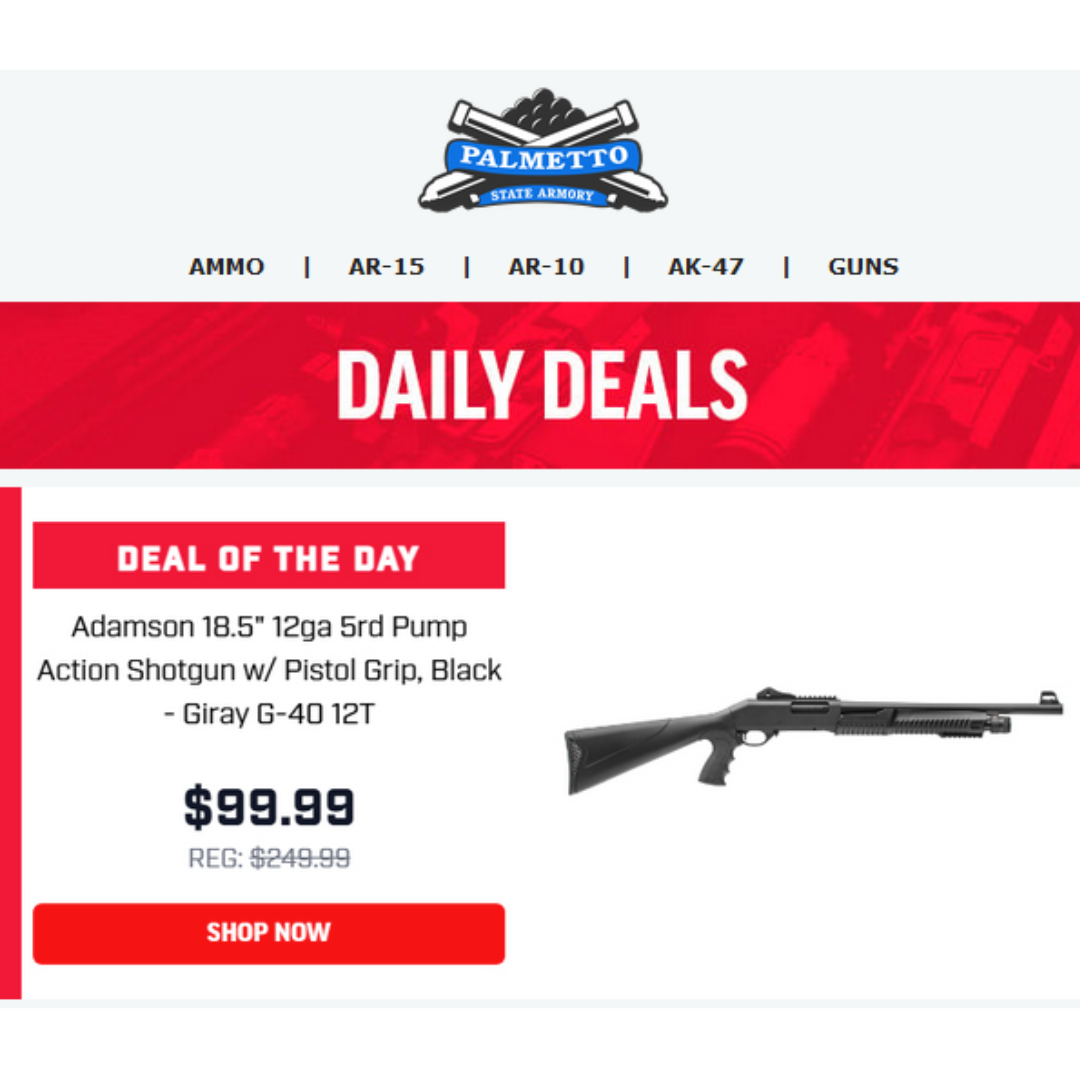
Exploring the ADAMSON Giray G-40 Pump Action Shotgun: A Budget-Friendly Adventure
When we first laid eyes on the Giray G-40 pump action shotgun, our expectations were as low as the price tag. it is made in Turkey. for those wondering. After all, it’s a $100 shotgun (or about $25 in Pre-COVID dollars—just kidding, kind of). To put things into perspective, it cost me more to fill up my truck than to buy this shotgun. But here we are, giving it a whirl.
First Impressions
The first thing you’ll notice? If it could be made out of plastic, it is made out of plastic. Sights? Plastic. Rail? Plastic. Trigger housing? You guessed it—plastic. That said, it does come with a few redeeming qualities. There’s a decent butt pad that makes the recoil manageable, along with ergo-style overmold grips that feel very similar to what you’d get from a Hogue. It also features a single rail out front, ready for a light or laser if you choose to add one.

The Nordic +5 Mod
Of course, we couldn’t resist giving the Giray G-40 a little upgrade. We added a Nordic +5 extension, but it wasn’t a simple plug-and-play. Unlike the traditional Remington threads (usually 4–5 threads holding the nut), this shotgun has 8–10 threads. Some modification was needed to get the extension to fit. Enter the hacksaw…which promptly broke. Cue the Sawzall. It wasn’t the cleanest cut, but it worked.
Pro tip: if you’re considering this mod, make sure to bevel the inside of the tube for a smooth transition. That’s why I ended up putting a clamp on as well—it keeps everything secure. Word of caution: the +5 extension might not be the best option here. The clamp and front sight end up competing for space, so you’ll have to modify one or the other for clearance. Oh, and yes, the front sight is—you guessed it—plastic.



Performance in Action
Me and about four friends decided to test these shotguns. Surprisingly, they weren’t all created equal. Some had issues cycling certain shells right out of the box. The edge of the tube at the loading gate needed a bit of beveling on some models. Luckily, mine was good to go from the start, handling slugs, buckshot, and regular shot without a hitch.
The fiber optic front sight is a nice touch (even if it’s plastic), and the trigger, while functional, isn’t exactly spectacular—coming in at around 8 pounds. It’s serviceable but nothing to write home about.
Final Thoughts
The Giray G-40 is a classic example of “you get what you pay for,” but it’s hard to complain when that price is just $100. Sure, it’s not without its quirks, but with a few mods and a bit of elbow grease, it can be a fun, budget-friendly project. Whether you’re looking for a truck gun or just something to tinker with, the Giray G-40 delivers more than we expected for the price. Also, a bottle of Loctite & a strap wrench isn’t a bad starting point if you don’t already own it. All in: Shipping, transfer fee, Nordic +5, Shotgun is 299.95
So, would we recommend it? Let’s say, if you’ve got $100 burning a hole in your pocket, this shotgun might be worth the adventure.














